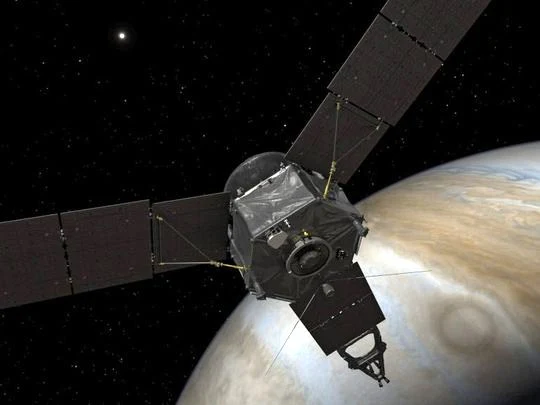Apropos my final comment in yesterday's post, President Obama talked about the role of the prevalence of guns in recent U.S. violence. He said that more armed citizens contribute to tensions with police. He noted that Texas is an open carry state, and some at the Dallas protest march were armed. (This included a man who was photographed carrying a rifle, which is legal, but became a 'person of interest' as a result. He was later released, but not before the photo was all over the Internet, leading to a steady stream of death threats.)
“Imagine if you are a police officer and you are trying to sort out who is shooting at you and there are a bunch of people who have got guns on them,” he added.
“We can’t just ignore that and pretend that’s somehow political or the president is pushing his policy agenda,” Obama said. “It is a contributing factor. Not the sole factor, but a contributing factor to the broader tensions that arise between police and the communities that they serve. And so we have to talk about that.”
What the President did not say is that scared cops with their finger on the trigger are also a contributing factor. Maybe if citizens weren't as likely to be so well armed, police officers might not be compelled to draw their guns as easily. But the ease and speed with which cops can fire multiple shots seems part of it all.
In the New Yorker, Adam Gopnik posted an essay titled The Horrific, Predictable Result of a Widely Armed Citizenry. It begins with the memory that immediately springs to the minds of many of a certain age when hearing the words "Dallas" and "shooting:"
"The killings in Dallas are one more reminder that guns are central, not accessory, to the American plague of violence. They were central fifty-plus years ago, when a troubled ex-Marine had only to send a coupon to a mail-order gun house in Chicago to get a military rifle with which to kill John F. Kennedy—that assassin-sniper also fired from a Dallas building onto a Dallas street. They are central now, when the increased fetishism of guns and carrying guns has made such horrors as last night’s not merely predictable but unsurprising. The one thing we can be sure of, after we have mourned the last massacre, is that there will be another. You wake up at three in the morning, check the news, and there it is."
Regarding the week's most publicized gun killings:
"A black man with a concealed weapon should be no more liable to be killed than a white man with one. But having a nation of men carrying concealed lethal weapons pretty much guarantees that there will be lethal results, an outcome only made worse by our toxic racial history. Last night’s tragedy was also the grotesque reductio ad absurdum of the claim that it takes a good guy with a gun to stop a bad guy with a gun. There were nothing but good guys and they had nothing but guns, and five died anyway, as helpless as the rest of us."
He concludes:
"Once again, the difference in policy views is clear, and can be coolly stated: those who insist on the right to concealed weapons, to the open carrying of firearms, to the availability of military weapons—to the essentially unlimited dissemination of guns—guarantee that the murders will continue. They have no plan to end them, except to return fire, with results we know. The people who don’t want the regulations that we know will help curb (not end) violent acts and help make them rare (not non-existent) have reconciled themselves to the mass murder of police officers, as well as of innocent men and women during traffic stops and of long, ghostly rows of harmless civilians and helpless children. The country is now clearly divided among those who want the killings and violence to stop and those who don’t. In the words of the old activist song, which side are you on?"
Starting the Long Season
-
The* Golden State Warriors* have a hellish schedule to start the season:
several back to backs, several three games in four nights, and now a dozen
road...
1 week ago















